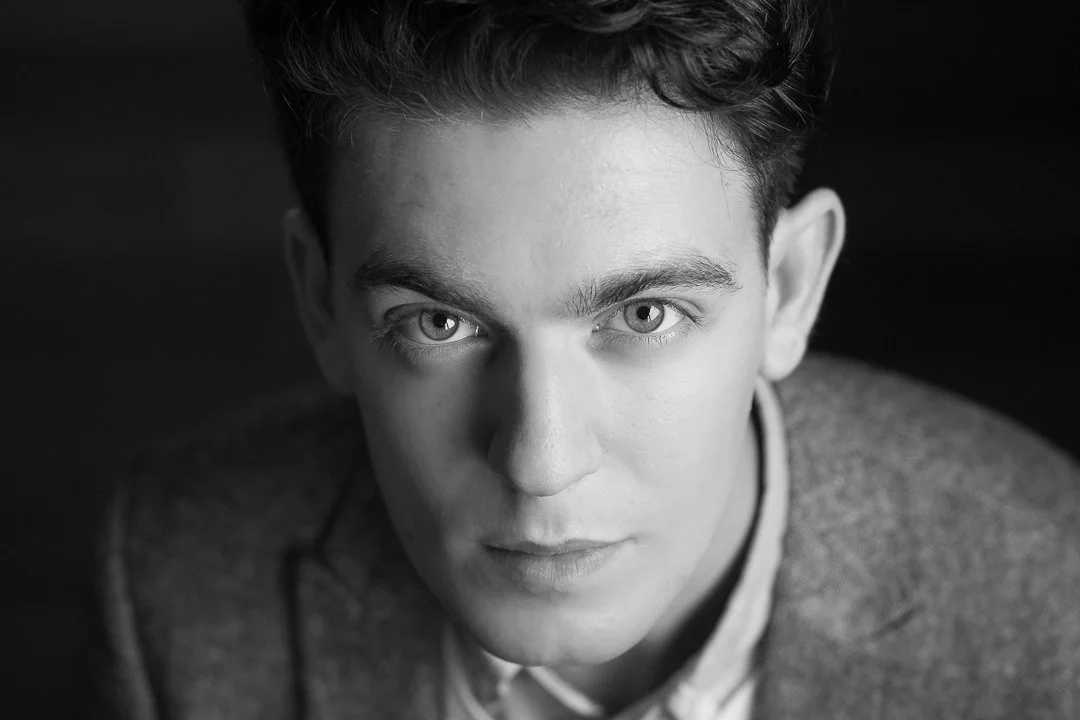5 Simple Tips for Sharp Photos
There is one question that comes up time and time again - how to get sharp photos.
Getting tack sharp focus can be challenging for ALL levels of photographers, but when you are just starting out, it can sometimes feel downright impossible, not to mention frustrating!
So here are my five dead simple tips that you can put into practice TODAY that can help you get sharper photos...
#1 - Choose your own focus point
The first thing you can do to help you get sharper photos is take control of your focus on your camera by choosing the focus point yourself, instead of letting the camera do it.
That's because when you use Auto Focus, your camera will simply grab focus on the closest thing it sees, or the item with the highest contrast, which might not actually be your intended subject!
Remember, your camera is just a bunch of wires and sensors, so it can't actually SEE anything - it's a bit like giving your camera to a blind man, crossing your fingers, and hoping for the best.
The steps on how to do this do vary a little from camera to camera, but usually all you need to do is press the AF point selection button (like the one below) and then using the dial on the back of your camera to move to the required focus point.
#2 - Use a high enough shutter speed
Making sure that your shutter speed is fast enough to capture your subject is a key element in getting a sharp photo! I rarely dip below 1/125, and even then, that is for stationary subjects.
With moving subjects, like photographing kids playing or sports activities, you'll want to go much much higher - at least 1/400, but it could be 1/800 or even 1/1000 - it all depends on how fast the action is.
If in doubt, go higher 😁
#3 - Keep yourself steady
You also want to make sure that you keep YOURSELF steady when taking a photo.
This can be as simple as just making sure that you are pressing the shutter gently (so as not to move the camera at the same time) but if you are shooting with slower shutter speeds, you'll also want to brace yourself by keeping your elbows in beside your body, or if you can, lean against a wall to help keep you steady and stop you moving about.
If you want to make absolutely sure there is no movement from you that can throw off your sharpness, you can use a tripod, which makes sure that the camera stays still when shooting. I rarely use one (because I photograph children and they move about too much for using a tripod!) but for some forms of photography there is no doubt they can be useful. (If you think that is something you might like, then check out this post How to Choose A Tripod)
#4 - Watch that Aperture!
Using the correct aperture for what you are shooting is (another!) important aspect of getting a sharp photo.
Many new photographers shoot "wide open" meaning they shoot at F1.8 or F2.0, just because they want that blurry background, but unfortunately don't truly understand about Aperture and Depth of Field.
Always make sure you are using a small enough aperture to get everything you want in focus, otherwise you make get your subject's ear sharp rather than their eyes! If you are in doubt about what aperture to use, use a higher F number, like F4.5 or F5.6, which will give you a much better chance of getting everything you want in sharp focus.
#5 - Find your lens sweet spot
Some lenses are simply sharper than others (so for example a macro lens will be much sharper than a kit lens) but many lenses are simply soft at certain apertures.
For example, my Canon 50mm F1.4 lens is soft when shooting wide open at F1.4 - but when I get to F2.0 there is a noticeable uptick in sharpness. At F4.0 it seems pretty darn sharp!
This most sharp area is called your lens "sweet spot". You can find out your lens sweet spot by shooting at different apertures and then comparing them on your computer screen, but if you don't have time to do this (or just can't be bothered!) then this is usually around the F5.6 or F8.0 mark, or 2 - 3 stops above your widest aperture. So for example, if the maximum aperture of your lens is F2.8, then the sweet spot is likely to be around F5.6 or F8.
That said, your equipment is only a small part of the equation when getting sharp images - most of the time if you images are soft it is due to user error (sorry 🙏)
As always, if you have enjoyed this post, or just think someone else would, don't forget to share it or pin it!














